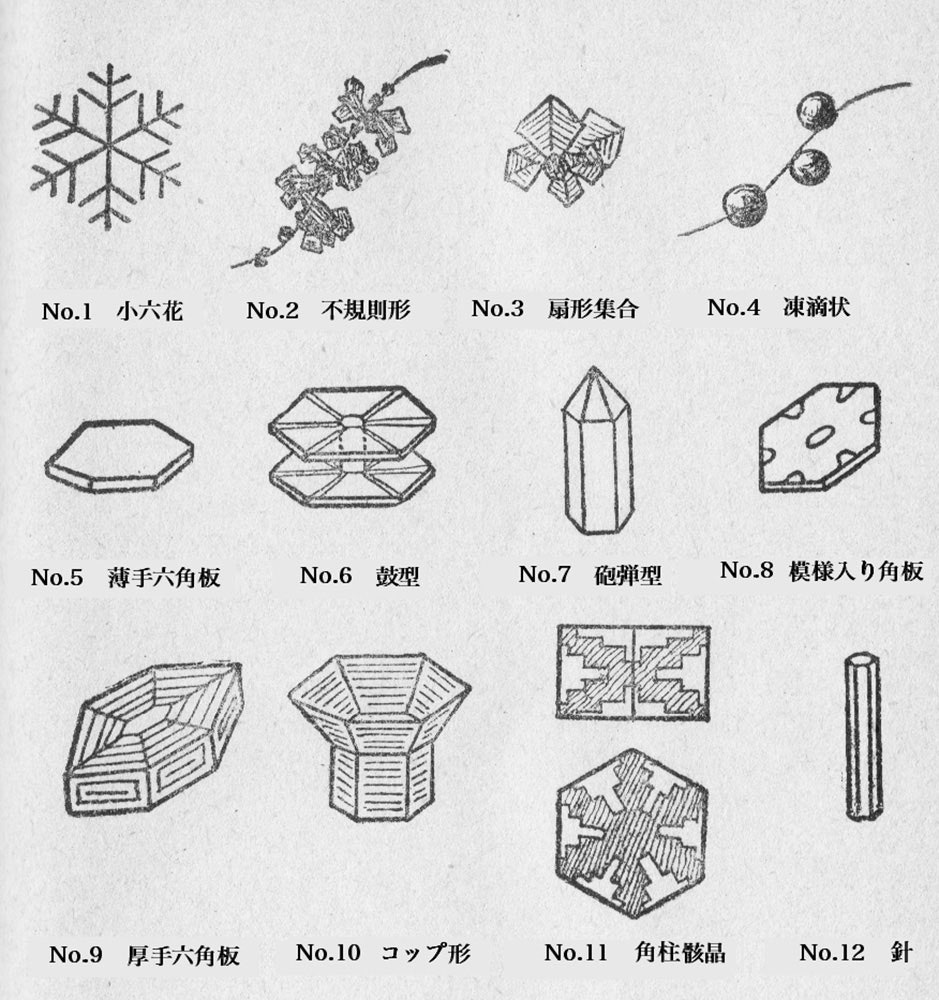
I seem to have been born with an aptitude for a way of life that was doomed, although I did not understand that at the time.
—Wendell Berry
Snow crystal growth involves the coordinated molecular motions of water molecules undergoing a phase transition from vapor to ice, creating elaborate structures in the process. There is still a great deal about this process that we cannot fully explain.
—Kenneth G. Libbrecht
It is snowing outside again today. There is something sweet and quiet about white-covered roofs on a Sunday. I am working, happily, on a serialized investigative news story. It’s the culmination of months of reporting. The first segment, at long last, will come out this week—if the good Lord’s willing and the creek don’t rise. I said that phrase recently to a new friend and she asked if I was religious. I don’t know, I never know. I’m just thankful for white-covered roofs on a Sunday, and for work that comes happily.
Wendell Berry would not approve of my means of production. In his delightful 1987 piece, “Why I am Not Going to Buy a Computer,” he explained: “I would hate to think that my work as a writer could not be done without a direct dependence on strip-mined coal. How could I write conscientiously against the rape of nature if I were, in the act of writing, implicated in the rape? For the same reason, it matters to me that my writing is done in the daytime, without electric light.”
Berry concludes with his standards for technological innovation in his work:
1 The new tool should be cheaper than the one it replaces.
2 It should be at least as small in scale as the one it replaces.
3 It should do work that is clearly and demonstrably better than the one it replaces.
4 It should use less energy than the one it replaces.
5 If possible, it should use some form of solar energy, such as that of the body.
6 It should be repairable by a person of ordinary intelligence, provided that he or she has the necessary tools.
7 It should be purchasable and repairable as near to home as possible.
8 It should come from a small, privately owned shop or store that will take it back for maintenance and repair.
9 It should not replace or disrupt anything good that already exists, and this includes family and community relationships.
Rules can be worthy even if we fall short. I am typing this on a laptop, but letting Berry’s grumbles sit within reach, like a paperweight. Out the window, the snow is coming down in tiny little flakes. No two flakes are alike, as the saying goes. Well, not just a saying. It’s true. It has to do with the fact that each crystal takes a different journey through the atmosphere, so the impacts of wind, sunlight, and other factors vary for each journey.
Or, it’s more or less true. “The short answer to the question is yes—it is indeed extremely unlikely that any two complex snowflakes will look exactly alike,” writes the physicist Kenneth G. Libbrecht in his magisterial volume Snow Crystals. “It is so unlikely, in fact, that even if you looked at every one ever made, over all of Earth’s history, you would almost certainly not find any exact duplicates.”
The long answer is more complicated and has to do with nano-snowflakes and quantum mechanics, but even then you arrive at pretty close to the same conclusion as far as I can tell.
We can leave that to the side. It is so quiet, today, as the snow falls outside the window. Let’s cozy with the simple answers. Let us not replace or disrupt anything good that already exists. Let us count the uncountable snowflakes. We would not be the first.
“The ruddy clouds float in the four quarters of the cerulean sky,” wrote the sixth-century Chinese poet Hsiao Tung. “And the white snowflakes show forth their six-petaled flowers.”
More than a thousand years later, René Descartes made his own observations of the crystals that fell from the sky: “After this storm cloud, there came another, which produced only little roses or wheels with six rounded semicircular teeth.”
Johannes Kepler noted the symmetry of the snow crystals was a bit like that found in flowers, but was flummoxed by the cause: “But to imagine an individual soul for each and any starlet of snow is utterly absurd, and therefore the shapes of snowflakes are by no means to be deduced from the operation of soul in the same way as with plants.”
It is so quiet, today, as the snow falls outside the window. Little roses, six-petaled flowers, wheels of teeth. Let us count the uncountable souls. Let us cast our prayers on any starlet of snow.


Always transporting me. Thank you.
this is beautiful